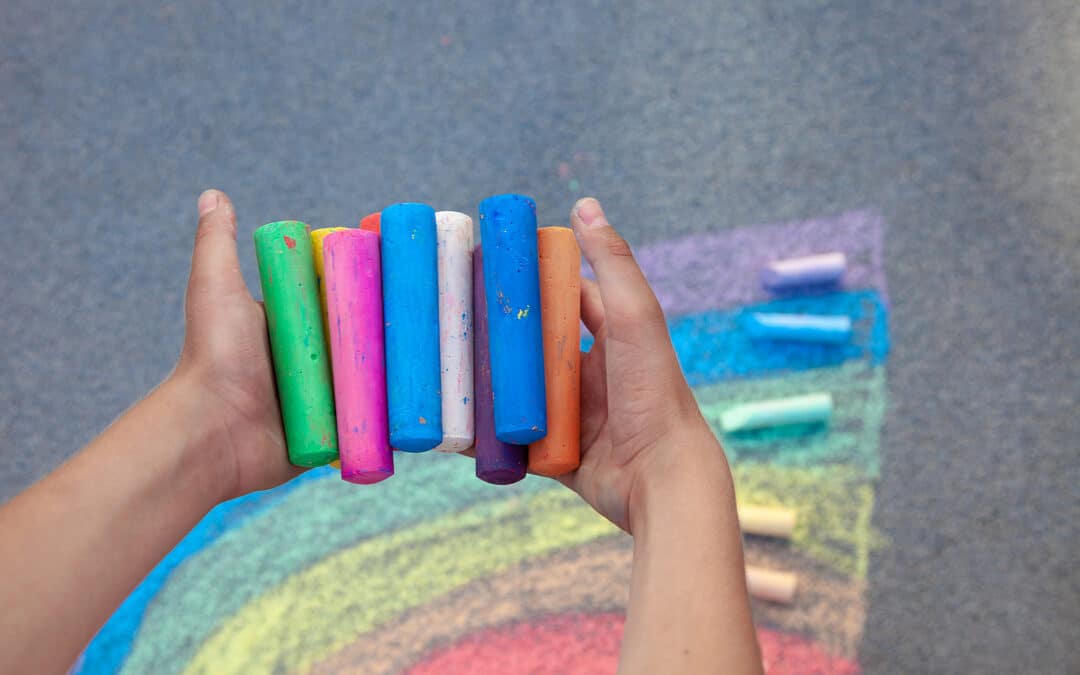So often when we research things online, we’re faced with an overwhelming amount of information which frequently contains confusing technical terms or meaningless filler. I found this was a big issue when I was researching symptoms of dysgraphia for Ella.
I kept getting distracted by so much other information before I’d reached a list of symptoms.
So, for anyone out there who wants to find clear and concise information without the waffle, look no further. Your list of symptoms of dysgraphia is below:
Symptoms
- Difficulty writing letters or numbers – often reverse letters and mix upper and lower cases
- Poor handwriting compared to peers – much of which is illegible and/or inconsistent
- Difficulty writing and thinking at same time – difficulty expressing themselves
- Poor spelling
- A very slow writing speed
- Heavily reliant on visual stimulus for writing
- Irregular letter formation – size, order and/or placement
- Repeatedly mixing up lower and upper case letters
- Struggles with margins
- Struggles with getting their thoughts onto paper
- Poor fine motor skills
- Poor core strength and coordination
- Cramps or pain in the fingers, wrists, and palms while writing
- Awkward pencil grip
- Weak pencil pressure
- Unusual posture or position when writing
- Extreme fatigue from writing
- Anxiety related to their struggle with writing
****Please note your child may not suffer from every one of these symptoms of dysgraphia****
Remember…
Two of the most important things to remember as parents is that whether or not dysgraphia is accompanied by other learning difficulties, it is in no way a reflection of intelligence or cognitive ability. Many extremely gifted children suffer with dysgraphia.
This list is intended as a simple checklist for any parent concerned that their child may be suffering from some or all of the symptoms of dysgraphia. For a more in depth look at the symptoms, how to help kids with dysgraphia and the role it plays in education, click on my blog here.
One of the best ways you can support your child at home is to play games and enjoy a number of fun activities together. Click on my blog here for a selection of activities your child can have fun with to improve pen grip and for older children, click here to find written alternatives to family favourite games for dysgraphia.
If your child has recently been diagnosed with dysgraphia, or you are concerned that they might have dysgraphia, the follow steps at school will ease their burden and anxiety. This list should be passed onto your child’s teacher to be discussed with the school’s special educational needs department:
Dysgraphia in the classroom
This quick list of do’s and don’ts for teachers is a great list to pass onto your child’s school.
- DO provide tablets for worksheets
- DO pair dysgraphic students with a note-taking buddy
- DO allow them to type up assignments, notes or homework
- DO let them record class lectures
- DO limit the amount of writing you expect of them
- DO evaluate on the quality of their work
- DO provide prompts to help them brainstorm and get their ideas on paper
- DO favour multiple choice questions for quizzes
- DO create oral assessments so they can demonstrate their knowledge clearly
- DO allow them to use speech to text programs when possible
- DON’T force them to write on the board
- DON’T restrict the amount of time they have to produce written work
- DON’T use only written answer questions on quizzes
- DON’T make a big deal to the class about their struggles with dysgraphia
Click on the below link for a visual representation of the symptoms of dysgraphia and advice for teachers. Download it here and share it with your child’s school.



Recent Comments